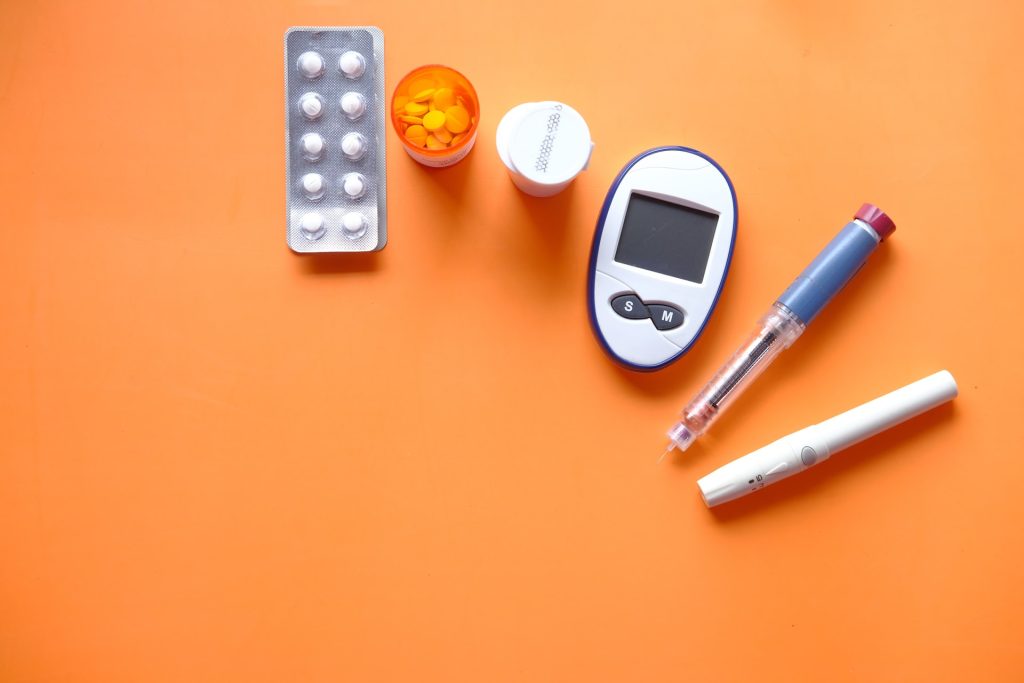Study Finds Roundup® Weed Killer Causes Convulsions in Animals

A recent report by the US Centers for Disease Control and Prevention found more than 80% of urine samples from children and adults in the US contained the herbicide glyphosate. A study published in Scientific Reports takes this research one step further and is the first to link the use of the herbicide Roundup®, a widely used weed killer, to convulsions in animals.
Glyphosate, the weed killer component in Roundup®, is the world’s most commonly used herbicide by volume and by land-area treated. Glyphosate-resistant crops account for almost 80% of transgenic crop cultivated land, which has resulted in an estimated 6.1 billion kg of glyphosate sprayed across the world from 2005 to 2014. Roundup® is used at both industrial and consumer levels, and its use is projected to dramatically increase over the coming years. A major question, yet to be fully understood, is the potential impact of glyphosate on the nervous system.
“It is concerning how little we understand the impact of glyphosate on the nervous system,” said project leader Akshay S. Naraine, a PhD student at FAU and the International Max Planck Research School for Synapses and Circuits. “More evidence is mounting for how prevalent exposure to glyphosate is, so this work hopefully pushes other researchers to expand on these findings and solidify where our concerns should be.”
Results showed that glyphosate and Roundup® increased seizure-like behaviour in soil-dwelling roundworms and provides significant evidence that glyphosate targets GABA-A receptors. These communication points are essential for locomotion and are heavily involved in regulating sleep and mood in humans. What truly sets this research apart is that it was done at significantly lower levels than recommended by the EPA and those used in past studies.
“The concentration listed for best results on the Roundup® Super Concentrate label is 0.98% glyphosate, which is about 5 tablespoons of Roundup® in 1 gallon [3.8 litres] of water,” said Naraine. “A significant finding from our study reveals that just 0.002% glyphosate, a difference of about 300 times less herbicide than the lowest concentration recommended for consumer use, had concerning effects on the nervous system.”
Using C. elegans, a soil-dwelling roundworm, researchers first tested glyphosate alone and then both the US and UK formulations of Roundup® from two distinct time periods – before and after the UK’s 2016 ban on polyethoxylated tallowamine (POEAs). These conditions were selected to pinpoint which effects are specific to the active ingredient glyphosate, Roundup® formulations in general, the POEAs surfactants, or any combination of these.
The study found that the active ingredient glyphosate exacerbated convulsions in C. elegans and suggest the GABA-A receptor as a neurological target for the observed physiological changes. The data also indicate that there is an important distinction between exposure to glyphosate and Roundup®, with Roundup® exposure increasing the percentage of C. elegans that did not recover from seizure activity. The non-recovery phenotype and prolonged convulsions in C. elegans from this study have helped to set a foundation for understanding nuanced physiological effects of herbicide that occur at concentrations exponentially below neurotoxic levels.
“Given how widespread the use of these products is, we must learn as much as we can about the potential negative impacts that may exist,” said lab head Ken Dawson-Scully, PhD, professor at Nova Southeastern University. “There have been studies done in the past that showed the potential dangers, and our study takes that one step further with some pretty dramatic results.”
Findings also generate concern over how herbicide use might affect soil-dwelling organisms like C. elegans.
“These roundworms undergo convulsions under thermal stress, and our data strongly implicates glyphosate and Roundup® exposure in exacerbating convulsive effects. This could prove vital as we experience the effects of climate change,” said Naraine.
This study provides evidence to further investigate how chronic exposure and accumulation may lead to neurodegenerative diseases such as Parkinson’s disease. Importantly, there also is a sub-neurodegenerative threshold that may dramatically impact dysregulation of neurotransmission.
“As of now, there is no information for how exposure to glyphosate and Roundup® may affect humans diagnosed with epilepsy or other seizure disorders,” said Dawson-Scully. “Our study indicates that there is significant disruption in locomotion and should prompt further vertebrate studies.”
Source: EurekAlert!





